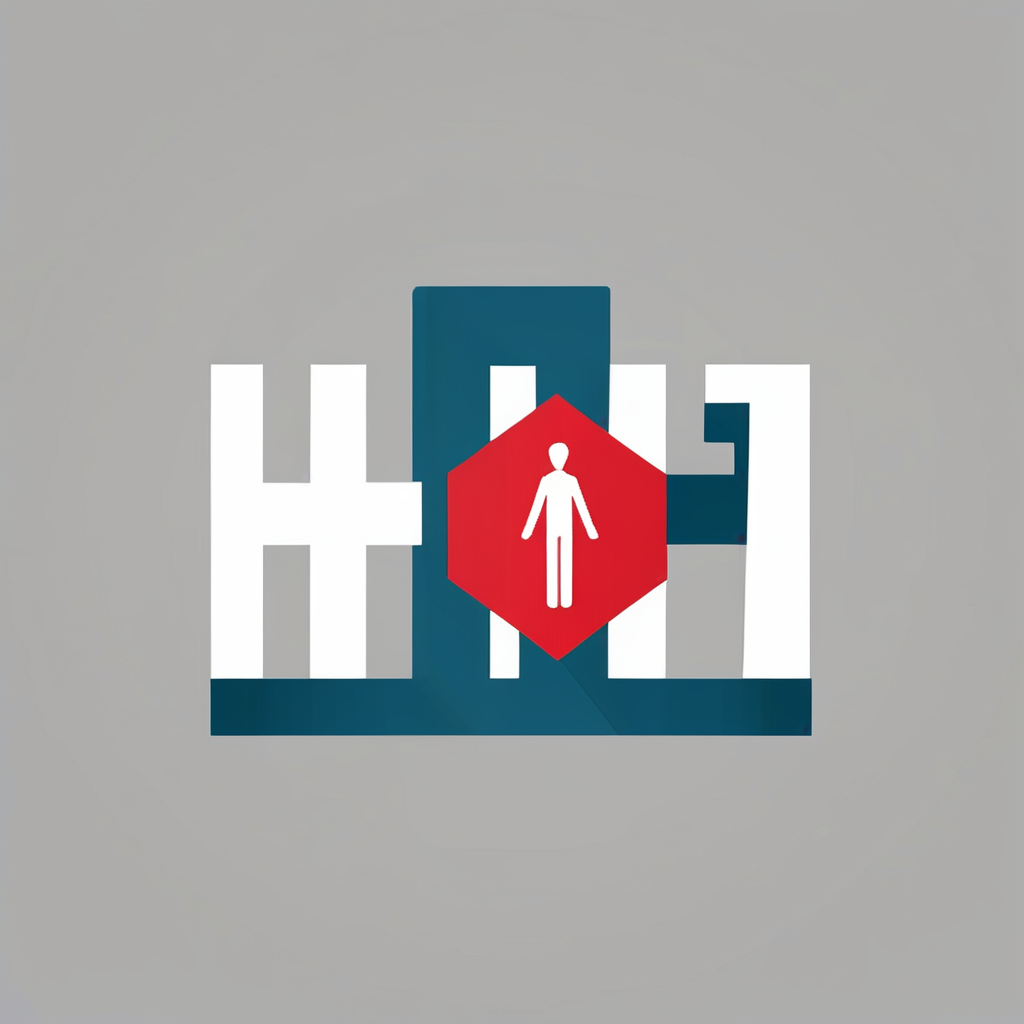Key Inefficiencies in the UK Healthcare System
The NHS inefficiencies primarily arise from suboptimal resource allocation and entrenched system bottlenecks. Funding constraints often result in uneven distribution of resources across trusts and services, impeding timely care delivery. Complex administrative procedures further burden staff, diverting time away from clinical duties. This administrative overhead contributes significantly to inefficiencies in workflow and patient management.
Staff shortages exacerbate these challenges, leading to increased workloads for existing personnel and longer waiting times for patients. The shortage of specialists and nursing staff hampers the ability to meet demand effectively, which directly impacts service delivery quality. These limitations manifest as delays in diagnosis, treatment, and follow-up, adversely affecting patient outcomes.
Also to read : What Are the Unexpected Benefits of the UK’s Healthcare System?
Addressing these inefficiencies requires a clear focus on optimizing resource allocation, reducing administrative complexity, and enhancing workforce capacity. Implementing technology solutions to streamline workflows can alleviate bottlenecks, enabling staff to prioritize patient care. Ultimately, overcoming these UK healthcare challenges is crucial for sustaining a responsive and effective NHS.
Digital Transformation for NHS Efficiency
Digital transformation in the NHS focuses heavily on electronic health records (EHRs) to improve patient care and operational efficiency. The integration of EHRs enables seamless sharing of patient information across various NHS trusts, fostering interoperability—an essential step to reducing duplication and errors in healthcare delivery. By linking systems, healthcare professionals access comprehensive histories, which aids in faster, more accurate decision-making.
In the same genre : How Can the Health System in the UK Enhance Access to Services?
Telehealth and digital triage tools have become vital in managing patient flow and access within the NHS. Telehealth reduces the burden on hospitals by enabling remote consultations, while digital triage guides patients to appropriate services swiftly. These technologies deliver both convenience and safety, especially important in pandemic circumstances or for patients with mobility challenges.
Successes within NHS trusts include increased appointment availability and reduced waiting times. However, limitations persist, such as legacy system compatibility and varying levels of digital literacy among staff. Continued investment and tailored training programmes remain crucial to fully unlocking the potential of NHS digital transformation, ensuring technology benefits both patients and healthcare workers alike.
Optimising the Healthcare Workforce
Effective NHS workforce optimisation begins with redefining roles to reflect modern healthcare demands. By aligning responsibilities with current needs, staff can focus on tasks best suited to their expertise, enhancing overall efficiency. For example, delegating routine administrative duties to support personnel frees clinicians to concentrate on patient care, which directly improves outcomes.
Improving staff retention NHS-wide requires a holistic approach. Offering competitive benefits, flexible scheduling, and mental health support addresses common sources of burnout. Encouraging open dialogue about workplace challenges fosters a supportive environment, crucial for maintaining morale and reducing turnover. Data consistently show that NHS trusts implementing these strategies report higher retention rates and improved staff wellbeing.
Training and upskilling represent a cornerstone of healthcare staffing UK strategies. Continuous education ensures that employees remain competent amid evolving medical technologies and protocols. Moreover, cross-sector collaboration—such as partnerships with academic institutions and private sector experts—facilitates knowledge exchange and innovation. This approach not only improves productivity but equips the NHS workforce to adapt proactively to future challenges.
Policy Reforms to Streamline the System
Exploring financial frameworks and strategic improvements
Reforming NHS policy is crucial to address inefficiencies rooted in current funding models NHS uses. The existing framework often ties financial incentives more to activity volume than patient outcomes, which can inadvertently encourage overtreatment rather than efficiency. To improve this, policymakers should evaluate and adjust these mechanisms with a focus on value-based care. Ensuring funds are allocated per patient outcome rather than service quantity aligns financial drivers with better health outcomes.
Adopting evidence-based NHS policy reform means analyzing data-backed strategies to streamline service delivery and reduce administrative burdens. For instance, investing in integrated care models that promote coordination across services can diminish duplication and lower costs without compromising quality.
Internationally, some high-performing healthcare systems combine centralized funding with localized decision-making, which offers flexibility and accountability. Countries like the Netherlands and Sweden showcase effective NHS policy reforms by emphasizing preventive care and robust digital infrastructure. Learning from these models can inform UK healthcare laws updates, driving a more efficient and patient-centered NHS funding model.
Impact of Enhanced Efficiency on Patients and Providers
Enhanced efficiency profoundly improves UK patient outcomes by streamlining access to care and reducing wait times. Patients experience faster diagnosis and treatment, leading to better recovery rates and overall satisfaction. When the NHS patient experience is smoother, trust in healthcare services strengthens, encouraging timely medical consultations and adherence to treatment plans.
For healthcare providers, improved efficiency eases the administrative burden significantly. Reducing paperwork allows clinicians to focus more on patient care rather than documentation. This shift helps address healthcare provider workflow challenges, lowering burnout rates and increasing job satisfaction. When providers operate within a streamlined system, collaboration improves, and time is better allocated across clinical tasks.
In the long term, these benefits contribute to public health sustainability. A system with fewer bottlenecks and more efficient resource use supports population health management, decreases avoidable hospital admissions, and optimizes staff retention. By focusing on both patient and provider needs, healthcare organizations promote a resilient model that sustains quality care over time while minimizing strain on NHS patient experience.

